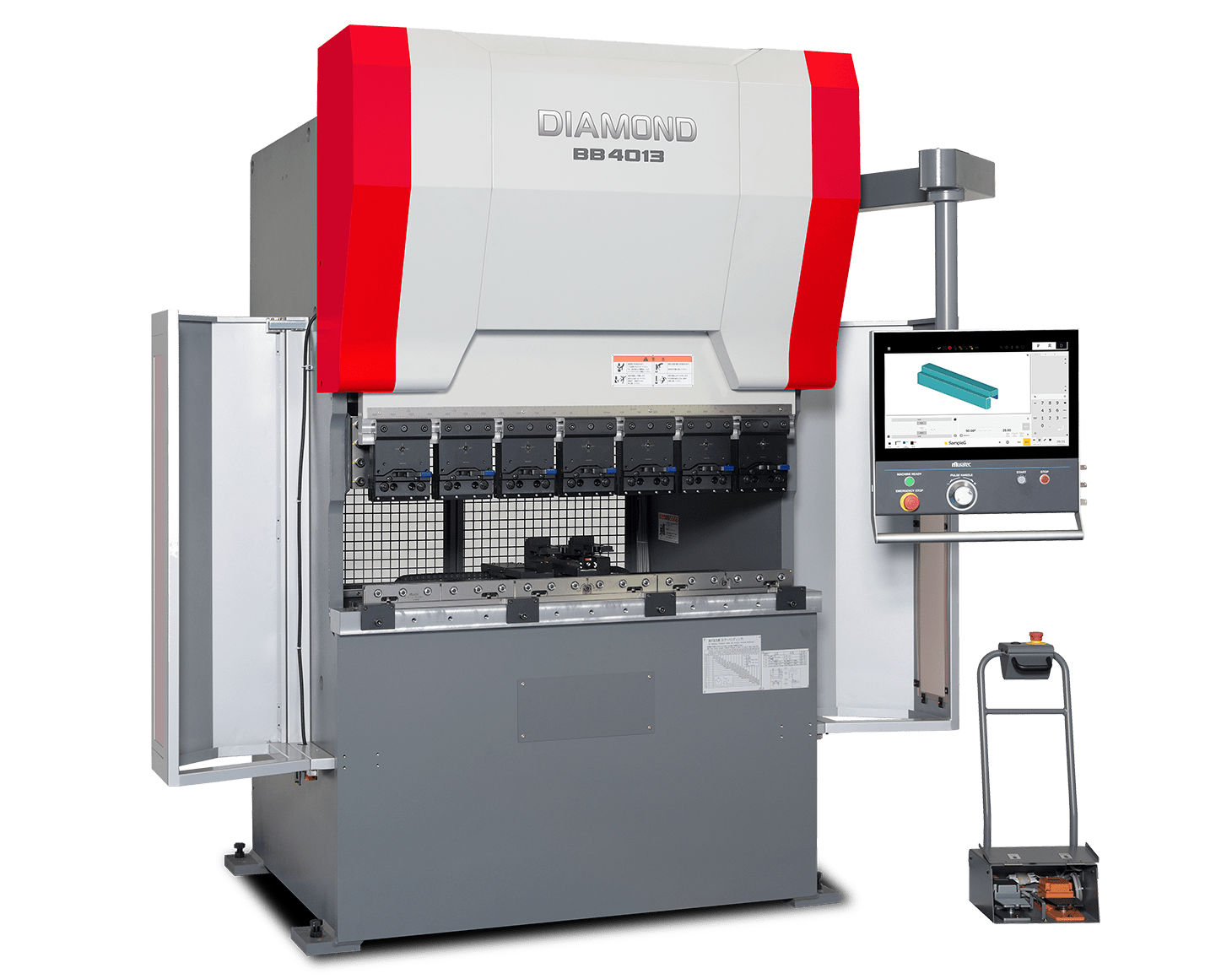A press brake is an excellent tool for bending, folding, punching, shearing and straightening sheet metal. It is also suitable for forming a variety of materials and parts.
A press brake can be hydraulic or electric and comes in various models. In the hydraulic model, synchronized hydraulic cylinders move the ram.
Working Principle
Press brakes are designed to bend metal into a specific shape. Their working principle relies on a ram that moves across a worktable to apply pressure to a die or punch tooling.
A press brake consists of a frame, left and right columns, worktables, and beams. The ram moves along the guide rails attached to these columns and is connected to pistons on oil cylinders.
A press brake can make a wide variety of shapes and angles using dies, which are hollow materials that metal is placed on top of before bending. The press brake also uses a punch that is lowered onto the metal, pressing it down to form a desired shape.
Tooling
Press brake tooling is an integral part of the machine’s ability to produce accurate and repeatable parts. The type of tooling, and the way it is mounted to the press brake, determines production flexibility and operator safety.
Whether you’re operating a maintenance shop or a custom fabricator, knowing your tools can make all the difference in your success. There are a lot of different styles and kinds of tools to choose from, including seaming dies, offset dies, multiple bend dies, and curling dies.
For instance, if a part has a tight inside bend radius, you need a wide die opening to achieve the best possible bend. Otherwise, you’ll run into angular accuracy issues, which can damage your machine and its tooling or put you in danger of a serious injury.
Applications
A press brake is an indispensable tool for manufacturing many different types of parts requiring extreme accuracy. It can bend sheet metals and other materials to specific shapes for a variety of industries, including electrical components and construction equipment.
In addition to bending, it can also punch holes and shear metal sheets into desired sizes. This allows businesses to boost productivity and cut labor costs.
A new generation of machines can be programmed to perform numerous functions, allowing companies to consistently produce a range of tooling designs and prototypes as needed. Programming can be used to define the machine’s parameters, including coning, material thickness, flange dimensions, angle bends, inside radius, blank size and much more.
Training
Typically, press brake operators complete long-term training programs that include a mix of hands-on instruction and technical classes. Employers prefer to hire those who are well-versed in reading blueprints, using drafting tools and operating computer numerically controlled machines.
Those who can operate laser cutters are also desirable for some companies, as they often have more experience with similar machinery.
The operator’s level of expertise depends on the machine he works with and the type of part he is forming. For example, a retrofitted CNC requires more knowledge than a manual brake, and forming parts off-center is a risky move that can damage the machine.
Programming
Whether manual or CNC, the programming of a press brake is crucial for making the desired bends. Using the right software, it guarantees maximum efficiency in tool selection, based on bend radius, maximum force of the press brake and collision control.
The software also ensures the best bending sequence, avoiding collisions and taking into account availability of splits and skids. It also allows for easy changeovers from one type of tool to another in case of a change in production-scheduling requirements.
Most modern bending CAM programs include useful information that can streamline setup and production. For instance, a control may display a tooling setup sheet with all the tool information and layout, often represented graphically.




